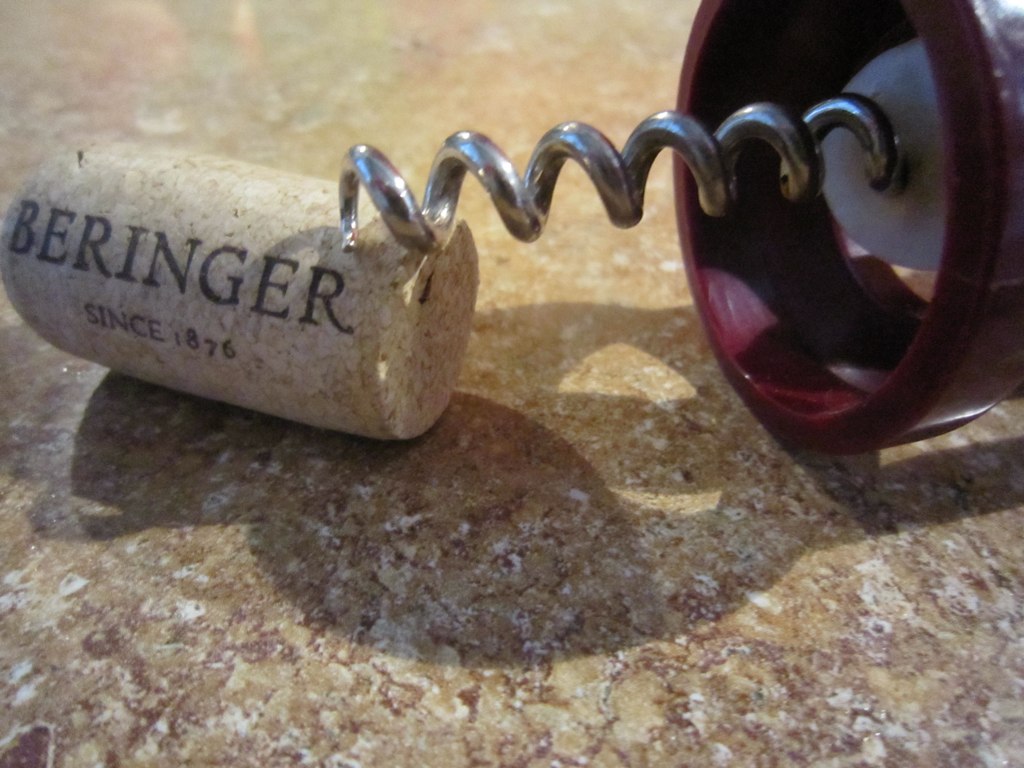Retailers and brands convened in New York City last week to experience the National Retail Federation’s Big Show, and once of the biggest topics on attendees’ minds was technology. From automation to personalization to social marketing, the growing importance of technology in the shopping experience was definitely top-of-mind for retailers and brands, including those in the food and beverage space.
Here’s a look at how four food and beverage brands are incorporating digital tools to improve the customer experience:
Treasury Wine Estates
For Treasury Wine Estates, one of the biggest challenges has been incorporating a digital strategy that reaches today’s connected consumers in a category that doesn’t lend itself very well to digital, Andrea Gonzalez, Treasury Wine’s global IT manager for commerce and experiences, told attendees at Retail’s Big Show. Treasury Wine is a global wine company that sells in more than 100 countries, but the company itself is not a household name. With wine brands including Beringer and 19 Crimes, the company is a household name at the brand level, which is a unique position that can be challenging, she said.
In the wine category, selling to digital consumers is very complex due to legislation, growth in the category, increasing competition and other factors, Gonzalez said. And the fact that wine isn’t a necessity for consumers presents another unique challenges for companies like Treasury Wine.
“That makes it even more important to consider that full consumer journey,” Gonzalez said.
At Treasury Wine, Gonzalez and her colleagues look to their customers and the data they provide for answers to the challenges they encounter. And in the digital realm, the company strives for a customer experience that is truly one-to-one, especially because wine is such an experience-driven market. The key is to provide the most frictionless customer experience possible while still maintaining the “magic” of a personal touch, Gonzalez said.
Treasury Wine looks to the digital experiences it offers to differentiate its brands in the wine category, Gonzalez said.
“Digital has played a great role in our business,” she said.
For example, Treasury Wine build a mobile app for its 19 Crimes brand that allows consumers to interact with the bottles digitally, but in a way that still provides a human touch element. Through the app, consumers can hover over the labels on the wine, and the labels come to life to tell the stories of the different characters and their 19 crimes that make up the personality of the brand. The app has proven to be a success, Gonzalez said.
Stonewall Kitchen
Specialty foods brand Stonewall Kitchen has also turned to digital technology to improve its customer experience, specifically using artificial intelligence to achieve individualized online selling. In a session at Retail’s Big Show presented by executives from cloud computing company Salesforce, Senior Director Nancy Darish talked about how Stonewall is well on its way to achieving “individualization” in its online selling.
“They are using the power behind every single click that their customers make,” she said.
Stonewall uses AI technology to predict what products shoppers are most likely to buy, and the brand serves those products to online shoppers in real time, showing different product results for each shopper. Stonewall’s website prioritizes a mobile-first design, and the search results are both personalized and flexible, Darish said.
And Stonewall’s individualized digital shopping experience doesn’t end when the purchase is complete. Consumers receive personalized messages in their email inboxes following their purchases, so the brand is able to follow its shoppers through their whole purchasing journey and beyond through personalization technology.
“[Stonewall is] utilizing personalization in every point of the shopping journey they can,” Darish said.
Total Wine
For retailer Total Wine & More, digital technology has helped improve the customer experience inside its stores. At Total Wine, good in-store service is key, and Chief Operating Officer John Jordan told Retail’s Big Show attendees that service is much broader than most brands think, and that digital can really enhance that service.
“It includes the overall experience,” he said.
Total Wine has incorporated digital signage and video into its stores, and the video content is a key part of the retailer’s strategy, Jordan said.
“The guiding force of that is storytelling,” he said.
According to Jordan, the digital signage and video content not only gives Total Wine a natural way to offer a placeholder for shoppers when they have to wait for store associates, but it also gives the retailer an opportunity to communicate with shoppers and tell them their brand story in an engaging way. And for Total Wine, telling stories in its stores is a key part of its customer experience.
“Digital works, storytelling is how you can sell,” Jordan said.
LUNA Bar
Clif Bar brand LUNA Bar has built its brand on championing women, and digital cause marketing has helped the company strengthen its brand story and its relationship with consumers, Ritu Mathur, LUNA Bar’s director of brand marketing, told attendees at the show.
As part of an effort to raise awareness about the gender wage gap, LUNA Bar developed a cause marketing campaign that included a special promotion, a partnership with an activist and actress and a digital strategy that included influencers and content that encouraged consumer engagement with LUNA.
The effort was one of LUNA’s most successful campaigns, Mathur said, and the key was connecting the brand to a cause that resonated with its digital consumers. Mathur outlined LUNA’s steps to successful cause marketing to connected consumers, saying companies should identify an issue that’s important to the brand and consumers, connect with influencers and create content.
__________________________________________________
If you enjoyed this article, join SmartBrief’s email list for more stories about the food and beverage industry. We offer 20 newsletters covering the industry from restaurants to food manufacturing. And be sure to follow us on Twitter for the latest industry news.
